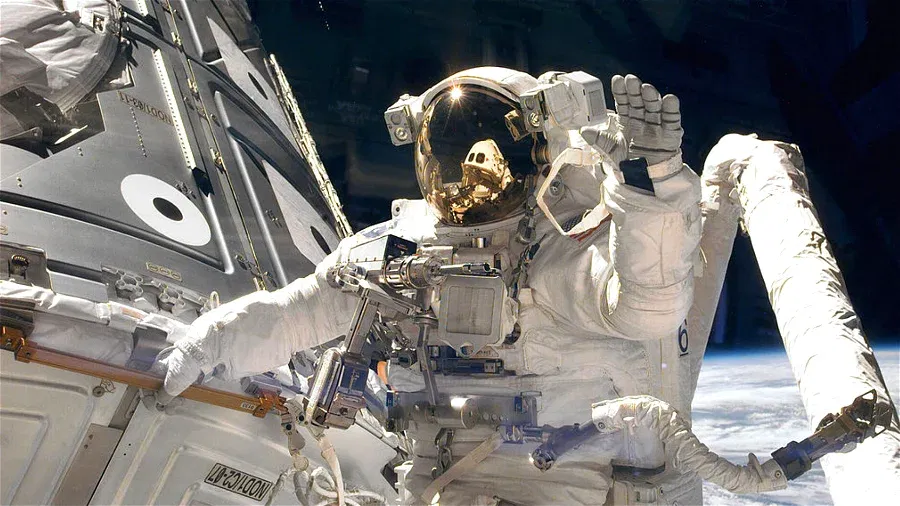Two NASA astronauts, Sunita “Sunni” Williams and Commander Barry “Butch” Wilmore, are unexpectedly stranded in space after a failed test flight of Boeing’s Starliner spacecraft. Instead of their planned return to Earth in eight days, they face an uncertain future aboard the International Space Station (ISS).
The astronauts, both retired Navy commanders and experienced space explorers, find themselves in a difficult position. While engineers on Earth work feverishly to determine the cause of the problem with the Starliner’s propulsion system, Williams and Wilmore remain optimistic. During a news conference from space in July, Williams expressed confidence in the engineering teams: “I have a very good feeling in my heart that the Starliner is going to get us home without any problems.”
However, it is not certain how long the duo will have to stay in space. Commander Wilmore stressed the importance of the tests being conducted now: “We are confident that the tests we are conducting are the tests we need to conduct to get the right answers and to provide us with the data we need to go back.”
living without gravity
For Williams and Wilmore, living in space is now a special experience. On the International Space Station, where gravity is non-existent, there is no difference between lying down, standing up, or even upside down. You can sleep anywhere on the space station, on the floor, on the wall, or on the ceiling, because there is no sense of direction. The ISS offers sleeping stations the size of telephone booths, where the crew can rest in a sleeping bag.
In addition to their daily work on repairs and experiments, astronauts also look for ways to make good use of their time in space. They enjoy the stunning views of Earth from the station’s observatory deck. In addition, they can use onboard fitness equipment, such as the Advanced Resistive Exercise Device (ARED), which allows them to perform traditional exercises, such as squats and bench presses, using vacuum technology.
Reality is drowning
Despite these distractions, the harsh reality of their situation remains. “That mantra you’ve heard, ‘Failure is not an option,’ and that’s why we’re here,” Wilmore said earlier. The coming days will be crucial in determining whether Williams and Wilmore can safely return to Earth, or whether their stay in space will last much longer.
Record breaking stay?
However, if Williams and Wilmore’s stay in space lasts longer, they won’t break any records. The record for the longest solo spaceflight is held by Russian cosmonaut Valery Polyakov, who spent no less than 437 days in space in 1995. However, recent records are also impressive: NASA astronaut Frank Rubio returned last year after a 371-day stay in space.

“Total coffee specialist. Hardcore reader. Incurable music scholar. Web guru. Freelance troublemaker. Problem solver. Travel trailblazer.”







More Stories
GALA lacks a chapter on e-health
Weird beer can taste really good.
Planets contain much more water than previously thought